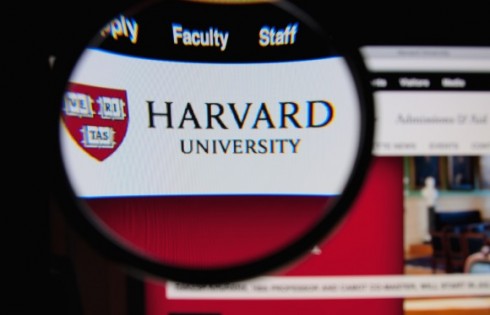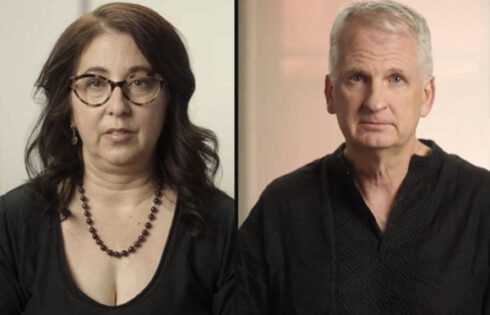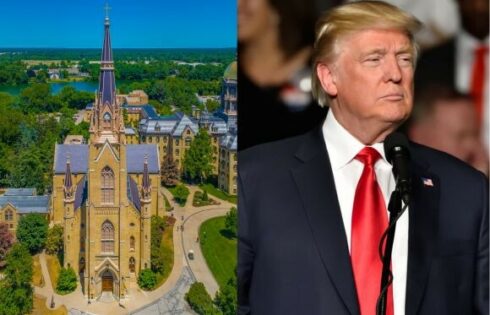A new study suggests that law schools engage in hiring discrimination against conservative and libertarian academics, with those individuals suffering from a “rank gap” that on average places them at lower-ranked law schools.
The study, written by attorney James C. Phillips, notes that the lack of ideological diversity in law schools has created an “intellectual blind spot” that can lead to “errors in judgment” on the park of more liberal law professors.
“The one-sidedness of the legal academy may also cause it, or the scholarship it produces, to have less credibility than if it were more politically homogenous,” Phillips, a Ph.D candidate in Jurisprudence and Social Policy at the University of California, Berkeley, writes.
“Groupthink among a law school’s professors could be magnified with law students who share the same world view, undermining legal education which requires ‘an attitude or ambience that affirmatively encourages a full and free exchange of ideas’,” Phillips adds, noting: “While perhaps graduates in some academic disciplines are less harmed if they have not learned to candidly and accurately access the weaknesses in their own views and the strengths in opposing views, for law school graduates, the lack of such a skill is professional suicide.”
Using a methodical approach to analyze the data, Phillips determined that conservatives and libertarians were discriminated against at law schools in a multitude of ways:
When looking at all signals, public and private (i.e., voter registration), just under 14% of the newly hired professors over the decade studied were classified as conservative or libertarian. Another 18% were either unidentifiable as to political orientation, or appeared to be in the political middle. And just over two of every three new hires were classified as liberal (68%). Thus, the ratio of liberal to conservative/libertarian new law professors was about 5 to 1…
Liberals, despite arguably being less qualified, average being hired at a law school about six spots more prestigious than conservatives. And that difference approaches statistical significance (p = .066). Why would that be? One possible explanation is discrimination based on political orientation. Another possibility is discriminating in favor of certain demographics that conservatives are weaker on, such as age, gender, or race. For instance, conservatives are whiter (p < .001) and more male (p < .001) than liberals at statistically significant levels. But looking at all of these variables in isolation can miss things. A more rigorous statistical analysis is necessary..
Like The College Fix on Facebook / Follow us on Twitter




Add to the Discussion